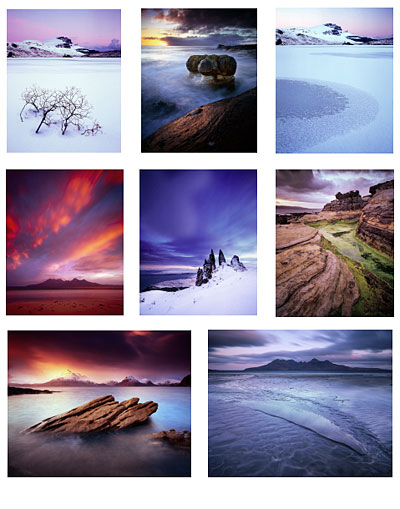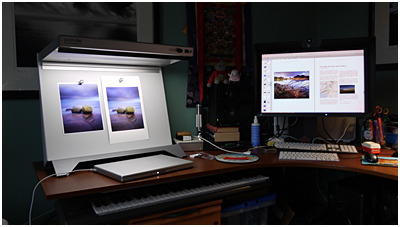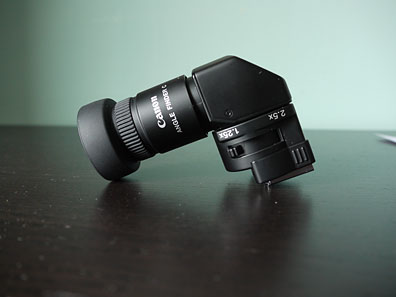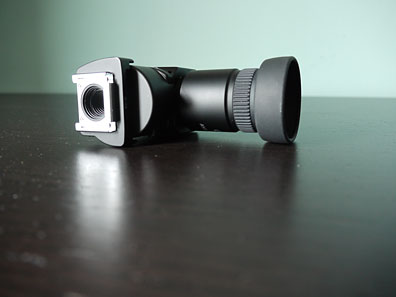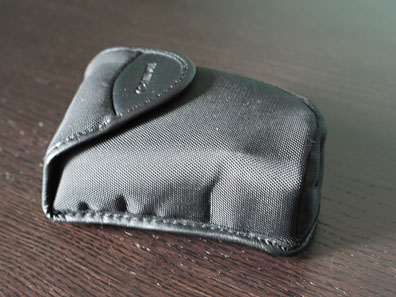I've been watching 'Tribe' by Bruce Parry (cool name!) on DVD this week and I've been enjoying it. Parry has such a sprit for 'getting in there'. I felt compelled to go and look for interviews with him and came upon one in which he spoke of certain things which resonated with me very much and I feel I must share with you.
When Parry is out there, trying to bond with tribes, his interviewer stated that "The secret of assimilation, he reveals, is that he never attempts to learn the language: "It gets in the way of eye contact and human understanding. The quickest way to bond is to offer to carry something, to eat their food, drink their [sometimes polluted] water."
I bring this up, because on all of my travels, when I've been making photos of people, I've often found language gets in the way.
This is very timely because only last week, I was speaking to a girl in the office I now share (I've moved into a nice office in the centre of Edinburgh), and one of the girls was asking me if I learn to speak in the language when I make images of Cubans / Ethiopians / Cambodians / Indians / Nepalese....
My answer was no... I don't use verbal language. I use a lot of body language and I'm convinced that the people I photograph have a better understanding of 'me' than they would if they could talk to me. As Parry stated in his interview:
"It gets in the way of eye contact and human understanding. The quickest way to bond is to offer to carry something, to eat their food, drink their [sometimes polluted] water."
That is, in a nutshell, exactly how I feel about my exchanges with people I make images with: When I encounter someone, I get involved, and I have to communicate through my body.
We do listen to each other through our body language, and despite what someone says to you, often we're aware if their body is saying something else.
Well, it's just like that.
I'm a pretty open, easy going person, so I just act myself and see what happens. Often it works very well and I'm able to get up close to someone and make an image of them without them being frightened.
The other thing that really got me, when reading the interview with Parry was that he said :
"I used to worry that I would be embarrassed at dinner parties because I would be out of touch. But having travelled so much, I find the news thoroughly repetitive and negative."
Having done a lot of traveling myself, I think I understand what Parry is saying because each time I return from abroad, I'm aware that I seem to suffer a sense of 'not belonging to where I'm from'. Scotland, or the British Isles, seems like a strange place. People are insular. They have worries about small issues. Or so it seems. It's just that each of us, lives in our own bubble of 'reality', and I think what Parry is saying is that it's easy to become wrapped up in all the problems in our own societies, and not appreciate the good that is around. I've certainly found that on my travels... really poor people in Bolivia, who are happy, just existing. They have food on their plate, they have a home, their loved ones are healthy and things are good.
The same in India, if things are ok today, then that is all that matters, because tomorrow is tomorrow.
The same for Cuba... and Cambodia.... these places don't have a long term view. They are dealing with the more fundamental aspects of existence. They are just trying to 'be'.
I think as photographers, we should try to get out there. To experience. To see the world.
It gives us a chance to see a new perspective, but perhaps more importantly, it gives us a chance to appreciate things that we didn't acknowledge about our own societies, and to also question the way we go about living our lives too.
Surely that is no bad thing.






